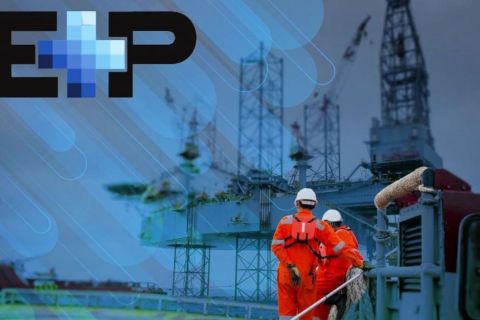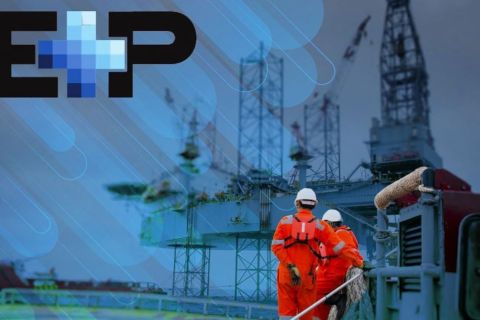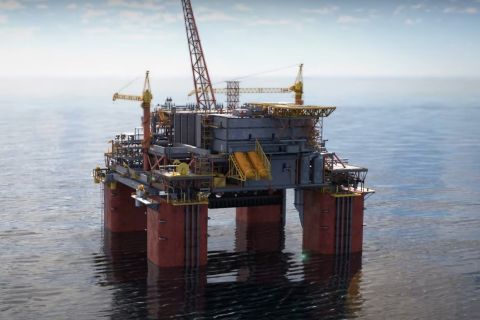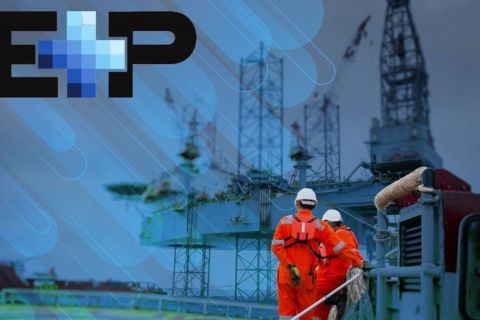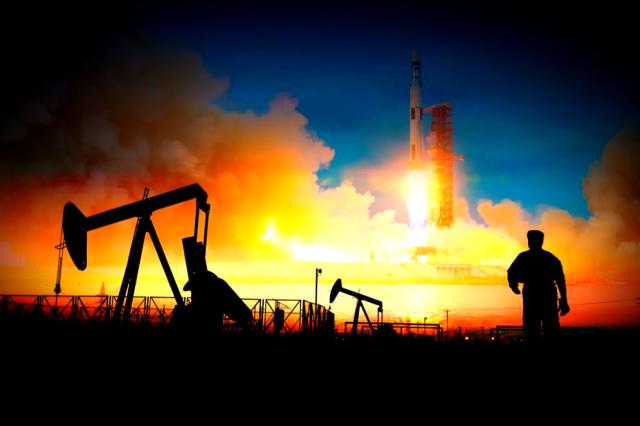
(Source: Shutterstock.com)
[Editor’s note: This story appears in the July 2020 edition of E&P. Subscribe to the magazine here. It was originally published June 29, 2020.]
One of humanity’s brighter moments in recent history occurred on May 30 with the launch of NASA astronauts from American soil in a commercially built and operated, American crewed spacecraft on its way to the International Space Station.
The successful launch was the culmination of more than nine years of efforts to return Americans to space after NASA officially ended the Space Shuttle program in 2011, leaving many to ponder what the end of the program meant for the future of space exploration for the country.
Rather than stew on the “what now?” question, NASA did what it was built to do—explore. Adapting to life after the program brought with it a period of deep introspection and examination on how to get back into space in a more cost-efficient and effective manner. Leaning hard on technology can only take one so far. As is the case with most innovation, it takes an outside source to point out a different way to lean on technology to create significant change. For example, rather than go with the one-and-done approach to rockets, would it be possible to reuse a rocket that lifted humans into space, and in doing so, save millions of dollars?
The successful landing of the Falcon 9 rocket on the SpaceX drone ship Of Course I Still Love You some 9 minutes after liftoff proved it was possible. As with all technology developments, there were failures, but those were necessary to get to success.
Shortly after the launch, a photo circulated that showed NASA astronauts Bob Behnken and Doug Hurley operating the Dragon 2 spacecraft using only touch¬screen controls. Gone are the days of manually controlled sticks and switches that guided the Apollo command modules and Space Shuttles, replaced with three large touchscreen panels and few buttons.
Trusting the digital systems to work as programmed did not come overnight for the astronauts. Countless hours spent testing and retesting, training and retraining developed that trust, proved the digital systems were sound and the code was flawless.
As we enter another month of the coronavirus pandemic, “what now?” remains the question of the moment for many in the oil and gas industry. PwC put forward in a recent Digital Pulse blog that now is the time to repair, rethink and reconfigure to ensure the strategic change needed for the future.
It worked for NASA, and it will work for us.
Recommended Reading
E&P Highlights: April 8, 2024
2024-04-08 - Here’s a roundup of the latest E&P headlines, including new contract awards and a product launch.
E&P Highlights: March 15, 2024
2024-03-15 - Here’s a roundup of the latest E&P headlines, including a new discovery and offshore contract awards.
Deepwater Roundup 2024: Offshore Australasia, Surrounding Areas
2024-04-09 - Projects in Australia and Asia are progressing in part two of Hart Energy's 2024 Deepwater Roundup. Deepwater projects in Vietnam and Australia look to yield high reserves, while a project offshore Malaysia looks to will be developed by an solar panel powered FPSO.
E&P Highlights: April 22, 2024
2024-04-22 - Here’s a roundup of the latest E&P headlines, including a standardization MoU and new contract awards.
E&P Highlights: March 11, 2024
2024-03-11 - Here’s a roundup of the latest E&P headlines, including a new bid round offshore Bangladesh and new contract awards.

